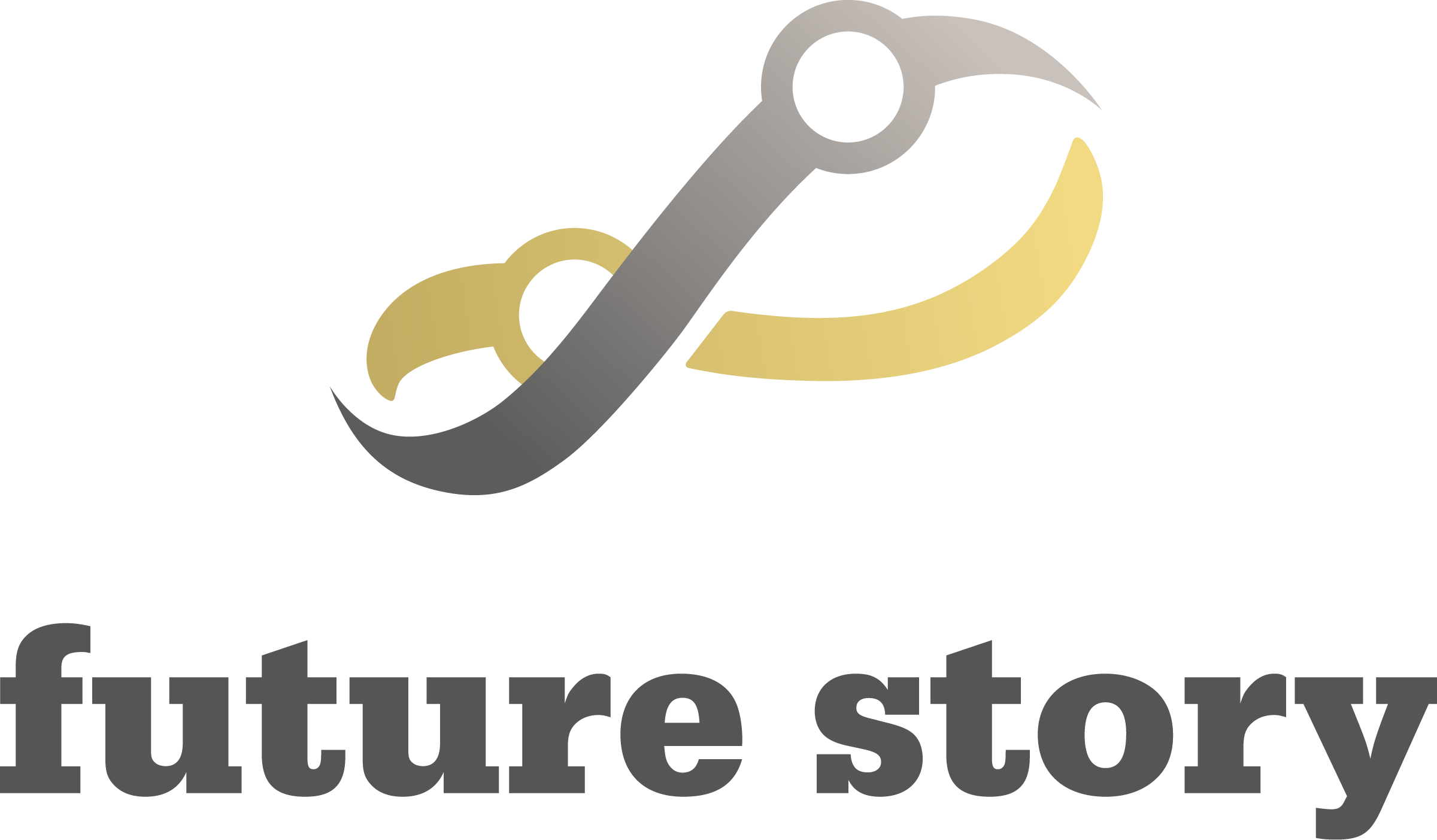For startups and scale-ups alike, the sales pipeline is the foundation of predictable revenue. It gives you visibility into how leads progress, highlights where deals are stuck, and points to what needs attention next. Yet in many companies, pipelines evolve in a messy way: built on instinct, scattered notes, and irregular follow-ups.
Upgrading your pipeline doesn’t mean adding layers of complexity. It means creating a structure that helps you close deals more efficiently and scale growth with less stress.
Why Your Pipeline Matters
A well-defined pipeline does more than just track deals. It can:
- Make forecasting more reliable
- Reveal bottlenecks before they block revenue
- Align the team around shared milestones
- Speed up sales cycles by tightening follow-up and reducing delays
This level of discipline is especially critical in B2B and deep tech, where high-value deals often take months to secure. In such environments, pipeline management can be the difference between steady growth and missed opportunities.

Understanding the Sales Funnel
The funnel is a simple way of showing how prospects move from first contact to becoming customers. The classic version looks like this:
Awareness → Interest → Decision → Action
Every business should adapt these stages to reflect its reality. A deep tech company, for example, might add points like “demo booked” or “pilot project running.” The important thing is clarity: everyone should understand what each stage represents and what qualifies a lead to move forward.
Tools like Kanban boards make this visual and easy to track, showing at a glance where leads are concentrated and where drop-offs are happening.
Mapping and Upgrading Your Funnel
When improving your pipeline, focus on a few essentials:
- Define clear stages with objective criteria
- Assign ownership so each lead has someone responsible
- Track lead sources to identify which channels are most effective
- Include key milestones such as proposals sent or pilots launched
- Segment leads by industry, geography, or persona for targeted follow-up
A common mistake is overcomplicating the funnel with too many steps. Keep it lean. The goal is a tool that supports sales, not one that adds unnecessary admin.

Finding and Nurturing Leads
A strong pipeline depends on a steady flow of qualified leads. Reliable sources include:
- LinkedIn: use filters, comment on posts, and engage meaningfully
- Conferences and meet-ups: personal introductions still carry weight
- Universities and incubators: strong channels for deep tech connections
- Technical communities: GitHub, ResearchGate, Slack groups, and forums
- Webinars and thought leadership: building visibility at scale
When reaching out, keep messages short, relevant, and valuable. Under 100 words is often best. Use your role as founder or leader to build trust and offer something useful upfront, such as a white paper or a demo. Deals are often won by the founders who keep following up long after others stop.
Pipeline Best Practices
To start upgrading your pipeline:
- Audit your current setup and identify what stages you already use
- Define three to five clear stages that match your actual sales process
- Add existing leads with ownership and next steps assigned
- Commit to regular reviews to keep the pipeline active and accurate
Remember: tools like CRMs can make managing all this easier, but the pipeline itself is a strategy. Technology is there to support it, not to replace it.
Future Story’s Role in Supporting Start-ups Beyond Investment
Future Story goes beyond investment matchmaking by helping start-ups strengthen the foundations of their sales pipelines. We work with founders to identify the right customer segments, refine value propositions, and develop go-to-market strategies that resonate with international buyers.
Through our network, start-ups gain access to potential clients in the GCC and beyond, opening doors to markets that would otherwise be difficult to reach. At the same time, we guide them in structuring scalable sales processes, from lead generation to deal closure, ensuring that growth is both rapid and sustainable.
A well-organised pipeline not only accelerates business development but also makes start-ups more attractive to investors, who can clearly see traction, milestones, and potential returns. By aligning investor readiness with robust sales strategy, Future Story equips start-ups to convert opportunities into lasting success.

